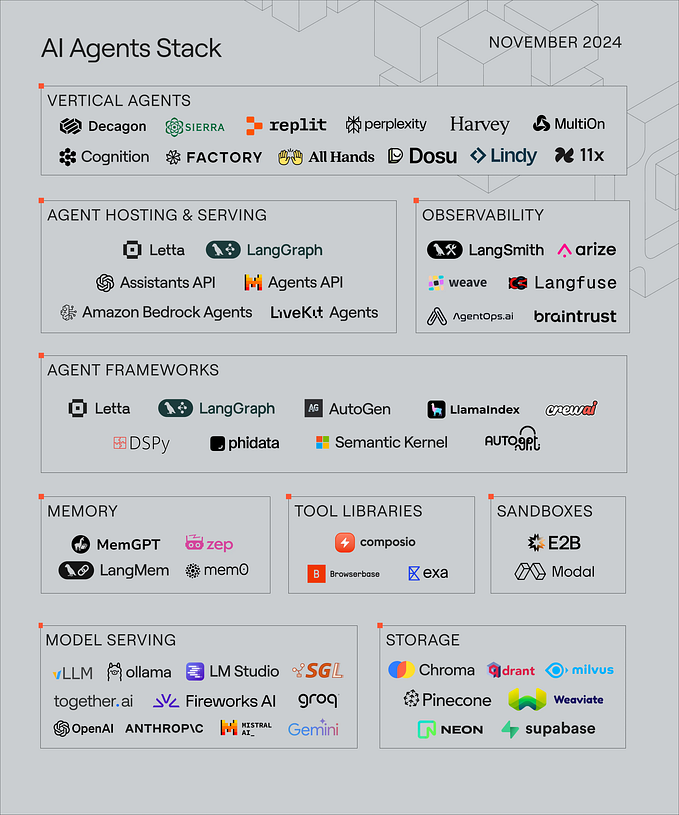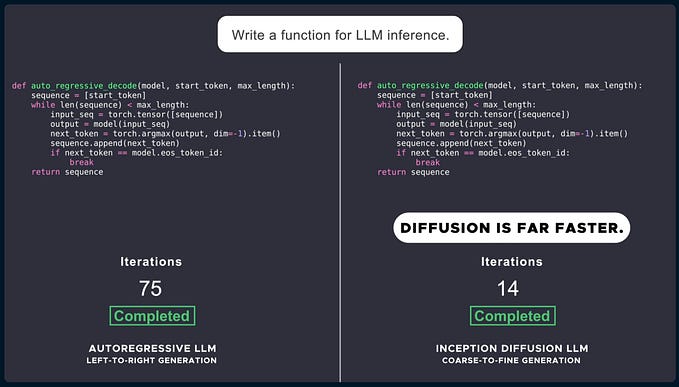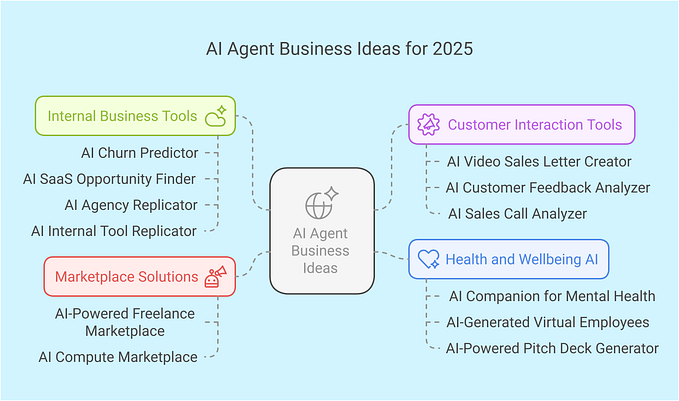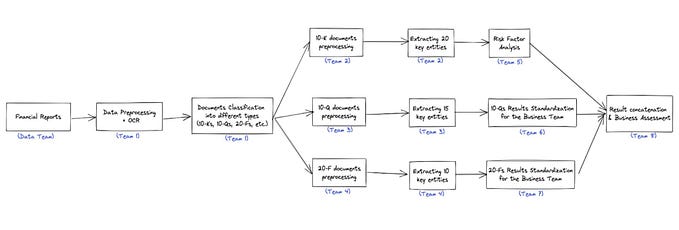
AI, or artificial intelligence, is the simulation of human intelligence in machines that are programmed to think and act like humans. These intelligent machines can be trained to perform a wide range of tasks, from simple ones such as facial recognition and language translation, to more complex tasks such as medical diagnosis and self-driving cars. The ultimate goal of AI research is to create systems that can reason, learn, and act independently, and can improve their own performance over time.
Elaborate artificial intelligence
There are several different types of artificial intelligence, and the field is constantly evolving. Here are a few examples of the types of AI that are being developed and used today:
- Rule-based AI: This type of AI follows a set of pre-defined rules to make decisions. It can be effective for solving simple problems, but it may struggle with more complex tasks that require flexibility and adaptability.
- Machine learning: Machine learning algorithms can learn from data and improve their performance over time, without being explicitly programmed. There are several different types of machine learning, including supervised learning, in which the algorithm is trained on a labeled dataset, and unsupervised learning, in which the algorithm must find patterns and relationships in an unlabeled dataset.
Deep learning: Deep learning algorithms are a type of machine learning that use multiple layers of artificial neural networks to learn and make decisions. They are particularly good at tasks that require a high degree of pattern recognition, such as image and speech recognition.
- Natural language processing: Natural language processing (NLP) algorithms are designed to understand, interpret, and generate human language. They are used in a variety of applications, including language translation, chatbots, and voice assistants.
- Expert systems: Expert systems are AI programs that use a combination of machine learning and rule-based algorithms to solve complex problems in a specific domain, such as medical diagnosis or financial analysis.
Overall, the goal of AI is to create systems that can reason, learn, and act independently, and can improve their own performance over time.










